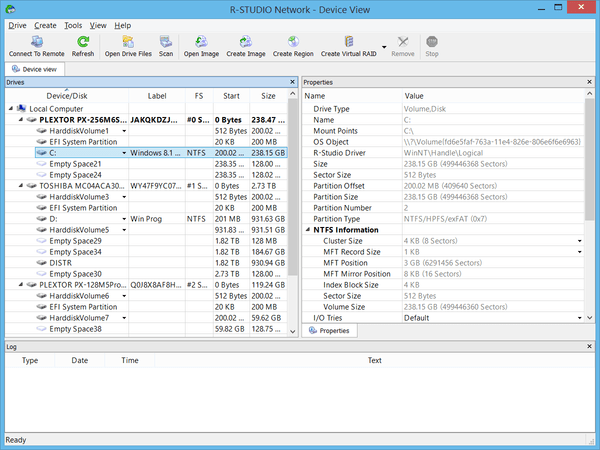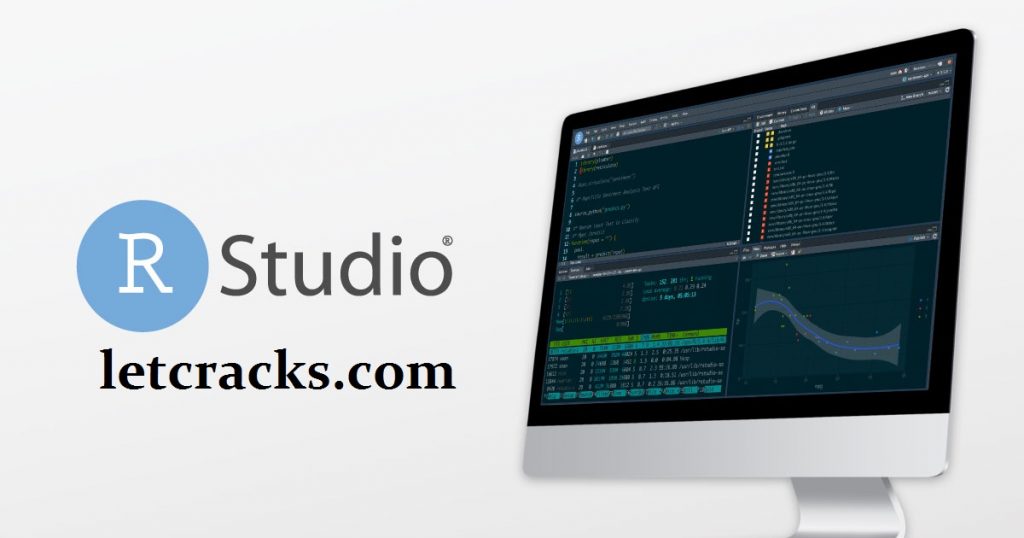

Many R programming courses provide R certification so learners can show potential employers their proficiency in R programming. Learners can pursue this in many ways, including through a bachelor’s or a master’s degree in data science, as well as a boot camp in coding or data analytics. Every job is different and each company will have different hiring requirements, but a proven understanding of coding language learning is a basic expectation for most programming jobs. If you’re interested in becoming an R programmer, it could be beneficial to acquire background knowledge of data science and statistical techniques before pursuing R. Adding R coding language skills to your resume may help you in data specializations requiring mastery of statistical techniques, which can be learned on your own, through a boot camp, or a degree program. Other R-specific job titles include R programmer, R analytics programmer, and R statistical programmer. R programming jobs could include positions such as: data scientist, machine learning engineer, big data engineer, IT specialist, and database developer. R experienced faster growth in demand during 2022 than languages like Python, Java, and SQL, according to HackerRank 2023 Developer Skills Report. Jobs in data analytics and statistics may either require or recommend R coding experience. The graphics, interface, and accessibility of R are used by thousands of people who are learning R programming, elaborating on the R programming language, and improving its functions. The team exists to preserve and improve R as open-source software. The R Foundation is a not-for-profit organization and a core team of developers collaborating to support and maintain R. R added lexical scoping to the capabilities of S, and was developed to be portable, versatile, and openly distributable.

R expanded on S, a statistical computing language from Bell Labs. R was first developed in 1993 by Ross Ihaka and Robert Gentleman at the University of Auckland, New Zealand.

As a result, R is a popular programming language for analysis and statistics. It also doesn’t require much storage on any of these platforms. R is open-sourced and freely available on most UNIX platforms, including Linux, Windows, and macOS.

Occasionally, the R coding language is also used for general programming. R helps analysts identify patterns within data sets and then develop visualization projects based on the patterns found. As a programming language, R has conditionals, loops, user-defined recursive functions, and input and output facilities. It includes a data handling and storage facility, operators for calculations, data analysis tools, and graphical facilities. R is a language and environment used to mine, organize, manipulate, and display data.


 0 kommentar(er)
0 kommentar(er)
